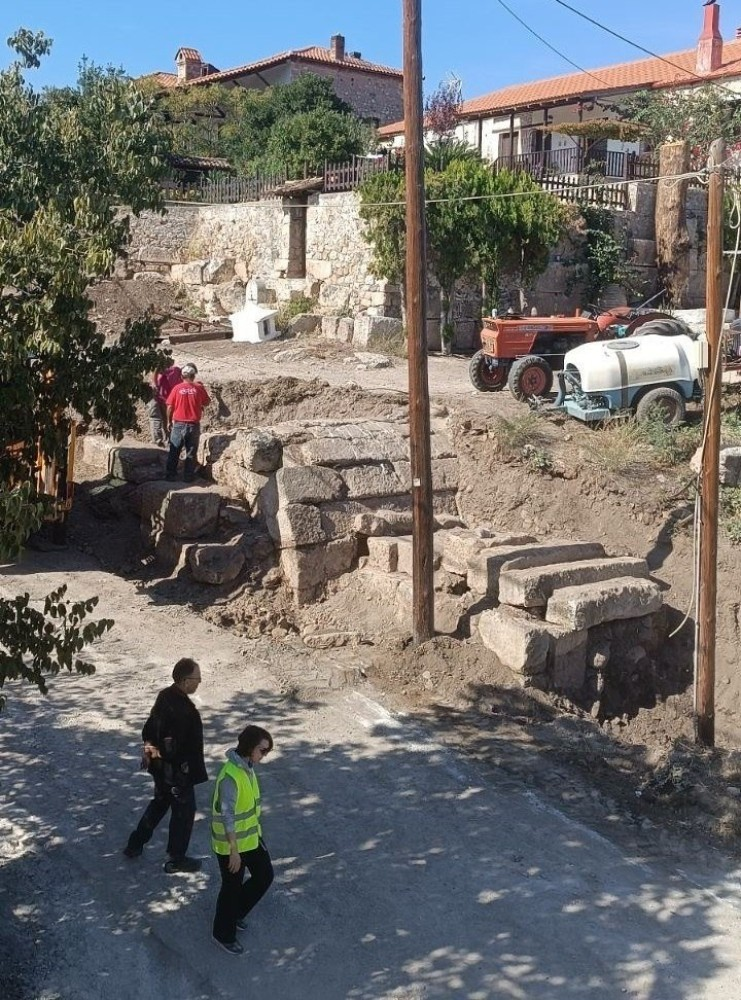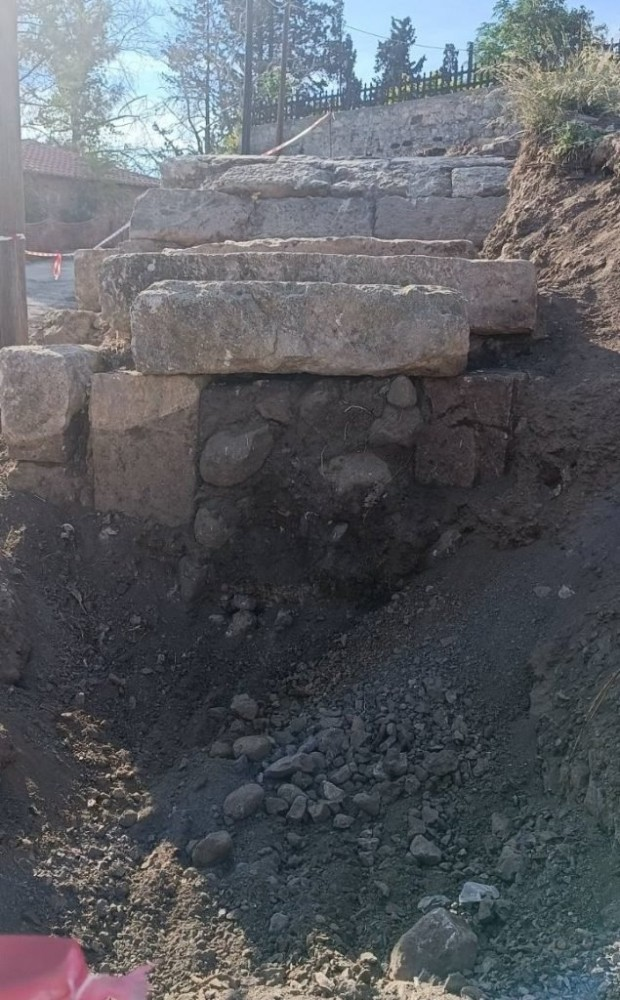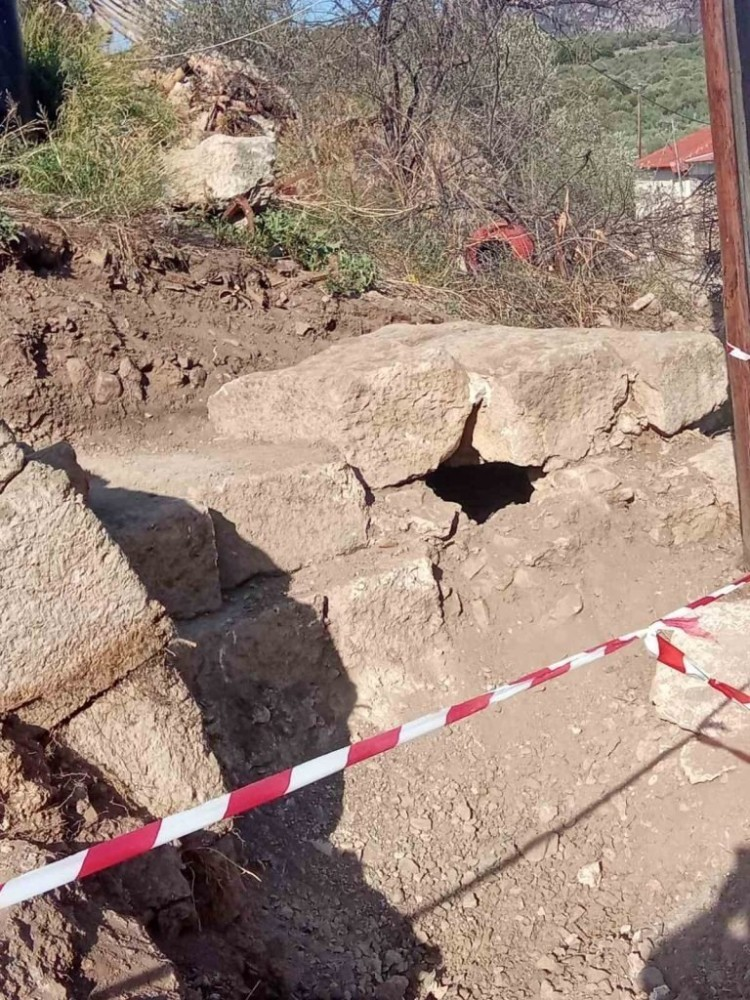Initial reports suggest a significant archaeological discovery in an area already known for important findings in the past. Excavation work for a sewage system in eastern Fthiotida, specifically in the Achinos region, has uncovered a large tomb believed to be Macedonian and possibly of great importance, potentially dating to the time of Philip II of Macedon.
Locals have long known that Achinos (ancient Echinos) is rich in ancient relics that frequently come to light. The newly found tomb is located about 300 meters from the road leading to the Acropolis of Achinos.
All work in the area has halted, pending an archaeological assessment of the site. Given the region's history, experts expect that this is not the last significant find in the area.
The modern community of Achinos is built on the ruins of ancient Echinos or Echinountas. It sits at the foothills of Mount Othrys and is close to the shores of the Maliakos Gulf.
As noted by Efi Karantzali, Head of the Ephorate of Antiquities of Fthiotida and Evrytania, the earliest written records of the city date back to the 5th century BC. According to Demosthenes, the Thebans founded Echinos during their period of dominance. However, the settlement likely existed as early as the 5th century BC and expanded later.
The city’s significance in the 4th century BC is evident from its equal participation in the Amphictyonic Council of Delphi, with two representatives. When Philip II of Macedon intervened in southern Greece, recognizing the strategic importance of Echinos, he took the city from the Achaeans of Fthiotis and handed it to the Malians to facilitate his passage through Thermopylae. In the 3rd century BC, the city joined the Aetolian League and was later conquered by the Romans in the mid-2nd century BC.
The earliest evidence of habitation in the Achinos region dates back to the Middle Bronze Age. A Mycenaean-period box-shaped tomb, containing Late Helladic IIB pottery, was the first Mycenaean find excavated in the area.
Regarding the historical periods, parts of the ancient wall of the Acropolis and the lower city are still visible today. The fortifications date to the 4th century BC, with modifications made during the reign of Justinian. Excavations of the Classical-Hellenistic cemetery (4th to 1st century BC) are ongoing as part of the rescue excavations conducted by the Ephorate.










